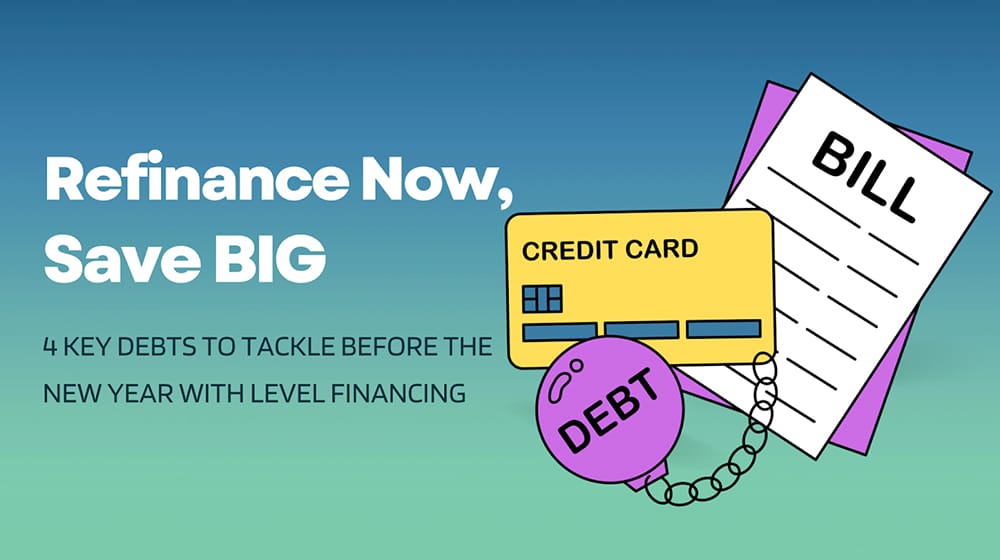The news that Mint is shutting down has sent many of us looking for alternatives. As someone who has relied on Mint for years to effortlessly track your spending and cash flow, you likely feel some panic.
In this post, we’ll go over the Mint alternatives we’ve researched, outlining the key features, pros, and cons of each based on the criteria you should look for in a solid budgeting app.
What You Should Look For In a Budgeting App
Since Mint worked so well for your needs, any alternative you switch to has to provide a similar positive user experience in core areas.
- Simplicity – You don’t want to waste time figuring out a complex interface or process. The tool should have a clean, intuitive design that’s easy for you to navigate from the get-go.
- Useful Features – For you, this likely boils down to effortless transaction importing, clear spend reporting, customizable categories and budget setting options, and more. Things that help you actually budget successfully.
- Security – Your financial data needs to be kept safe through encryption or other industry standard practices. You shouldn’t have to compromise privacy for convenience.
- Cost – Honestly, you’d probably prefer a free tool. But you may be open to paying a reasonable fee for a premium version if the features and functionality make it worthwhile. It just has to fit your budget!

#1 You Need a Budget (YNAB)
YNAB is a popular alternative known for its simple yet powerful budgeting approach. Users manually input transactions and assign dollars to budgeting categories aligned with priorities and expenses for the month ahead.
Key features include customizable categories and goals, multi-device syncing, and informative reporting on spending habits. The user interface is also very intuitive. However, there is a learning curve to master YNAB’s unique method.
Key Takeaway: YNAB offsets its subscription cost by helping users save money through increased spending awareness and control.
#2 Personal Capital (Now Empower)
For tracking net worth over time, Personal Capital shines. This financial dashboard provides an overview of the full financial picture, including assets like investment accounts. Customizable tracking and reporting features cater to both short-term budgeting and long-term financial planning.
However, the interface lags behind Mint in simplicity. And non-stop retirement account pitches annoy some users. Free access is OK, but it has service fees depending on the assets you have.
Key Takeaway: Personal Capital appeals to investors monitoring assets beyond basic spending but comes with sales pressure and learning curve trade-offs.
#3 PocketGuard
For a user-friendly and low-maintenance option, PocketGuard is a great choice. Connect accounts just once and transactions auto-import for effortless spending monitoring. One standout feature is its “pockets” – customized categories for funding goals like vacations.
On the flip side, less hands-on budgeting means less close tracking. And features cater more to daily spenders than investors. But overall, it’s a simple solution for basic money management.
Key Takeaway: PocketGuard provides an easy on-ramp for tracking transactions without intensive budget oversight or account limitation.
#4 EveryDollar
From finance guru Dave Ramsey, EveryDollar takes a minimalist approach, focusing only on monthly budgeting. Users determine an exact dollar amount for each expense category. Simplicity is the key advantage, but it lacks deeper insights, investment tools, and account diversity.
Still, the uncomplicated interface appeals to many seeking to master base-level budget consciousness without added bells and whistles. And it comes free or paid at only $79.99 annually for premium tools.
Key Takeaway: For budget traditionalists who thrive on ultra simplicity, EveryDollar nails the basics without the frills.
#5 Quicken
As an old staple, Quicken remains a leading choice for comprehensive money management. Robust features for budgeting, banking, investing, taxes, and credit score tracking all integrate for 360-degree visibility. Intuit’s reliability provides peace of mind as well.
But advanced tools mean complexity. Both price and learning curve run high, making it overkill for basic spenders’ needs. But for detail-oriented numbers geeks, few can match Quicken’s power. Costs start at only $24 annually.
Key Takeaway: Quicken Pleases detail-demanding devotees as a powerful one-stop shop for integrated financial management. But it entails effort and expense many may nix.
#6 Tiller
For those who favor spreadsheets, Tiller provides a happy middle ground between manual tracking and automation. By syncing transactions directly into Google Sheets or Excel, customized tables and formulas can extend basic data for specialized insights.
Yet, this appeals mainly to numbers-savvy users open to digging beyond out-of-box productivity. And the $79 annual costs add up on top of spreadsheet platform subscriptions for serious use. But flexibility provides a strong appeal for the data-driven.
Key Takeaway: Tiller empowers spreadsheet ninjas with a best-of-both framework: automated data inputs for customized analysis and reporting.
#7 Goodbudget
As another uncomplicated option, Goodbudget leverages the envelope system to rein in spending drift. Simply allocate target savings amounts across virtual “envelopes” representing expense categories. When one empties, funds must be moved from another to continue spending in that area, inspiring mindful adherence.
While useful for some, manual transactions and restrictions frustrate others. And sparse supplemental features offer less long-term utility. However, the minimalist design and approach aid focus on keeping tight reins on variable expenses.
Key Takeaway: Goodbudget’s virtual envelope system methodology reclaims budgeting power through clear category constraints and conscious transfer decisions.

Final thoughts
While replacing a trusted tool like Mint poses a challenge, alternatives exist to meet all core money management needs. Analyzing spending requirements, interface preferences, and pricing thresholds helps narrow suitable options from the field. Taking time to evaluate choices means selecting the best-aligned platform for your financial style and providing a smooth transition to keep your budget on track.
Looking for a Personal Loan?
Considering a personal loan? Look no further than Level. With attractive interest rates and an uncomplicated online application process, Level Personal Loans make borrowing simple and affordable. Say goodbye to unnecessary paperwork and hidden fees and say hello to transparency and quick access to funds. Discover more about how Level can help you meet your financial goals today.




